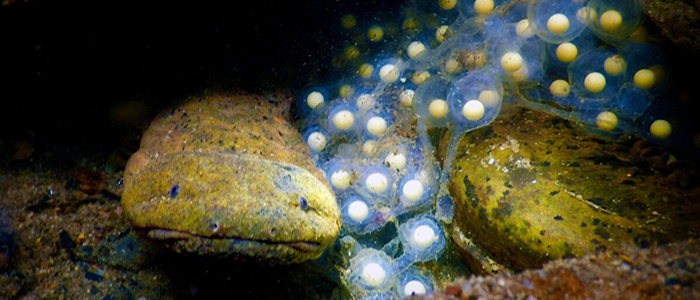[vc_row][vc_column][vc_column_text]
From VT News | September 12, 2019
On Sept. 16, the Virginia Tech College of Agricultural and Life Sciences Global Programs Office will host best-selling author Roger Thurow for a series of public events, as part of its Global Agricultural Productivity Initiative.
Thurow is an expert on agricultural development and speaks often on high-visibility platforms related to nutrition, hunger, and agriculture in the United States, Europe, and Africa. For 20 years, he was a foreign correspondent based in Europe and Africa. His coverage of global affairs spanned the Cold War, the fall of the Berlin Wall, the release of Nelson Mandela, the end of apartheid, the wars in the former Yugoslavia, and the humanitarian crises of the first decade of this century – along with 10 Olympic Games.
In 2003, he and Wall Street Journal colleague Scott Kilman wrote a series of stories on famine in Africa that was a finalist for the Pulitzer Prize in International Reporting. Their reporting on humanitarian and development issues was also honored by the United Nations. Thurow and Kilman are authors of the book, “ENOUGH: Why the World’s Poorest Starve in an Age of Plenty.” In 2009, they were awarded Action Against Hunger’s Humanitarian Award.

He is also the author of “The Last Hunger Season: A Year in an African Farm Community on the Brink of Change,” and his most recent book, “The First 1,000 Days: A Crucial Time for Mothers and Children—and the World,” was published in May 2016. Thurow joined the Chicago Council on Global Affairs as senior fellow on global food and agriculture in January 2010.
[/vc_column_text][/vc_column][/vc_row][vc_row][vc_column][vc_video link=”https://www.youtube.com/watch?v=c2NaR606jug”][/vc_column][/vc_row][vc_row][vc_column][vc_column_text]
Politics of Food Security and Nutrition: 9 – 10:30 a.m., Newman Library Multipurpose Room
The global food price crisis of 2007-08 was a wake-up call for the global community, demonstrating that the world is unprepared to sustainably produce enough nutritious food for a growing population.
Thurow will provide insights into how policymakers are addressing the complex environmental, economic, and human challenges to achieving food and nutrition security. He will also share stories about the people whose lives and livelihoods hang in the balance, including African smallholder farmers and undernourished mothers and children around the world.
This event is co-hosted by the Virginia Tech Institute for Policy and Governance and the Community Change Collaborative.
The Last Hunger Season: 12:30 – 2 p.m.,
Fralin Hall Auditorium
Africa’s small farmers are living and working essentially as they did in the 1930s. Without mechanized equipment, fertilizer, or irrigation; using primitive storage facilities, roads, and markets; they harvest only one-quarter the yields of Western farmers. In 2011, a group of farmers in Kenya came together to change their odds for success — and their families’ futures. Thurow spent a year following the progress of four women farmers in this community and recorded their struggles and aspirations in his book, “The Last Hunger Season.”
He will share the stories of these remarkable women and their determination to end the hunger season. His presentation will be followed by a panel discussion about the challenges and opportunities for smallholder farmers in Africa.
[/vc_column_text][/vc_column][/vc_row]






